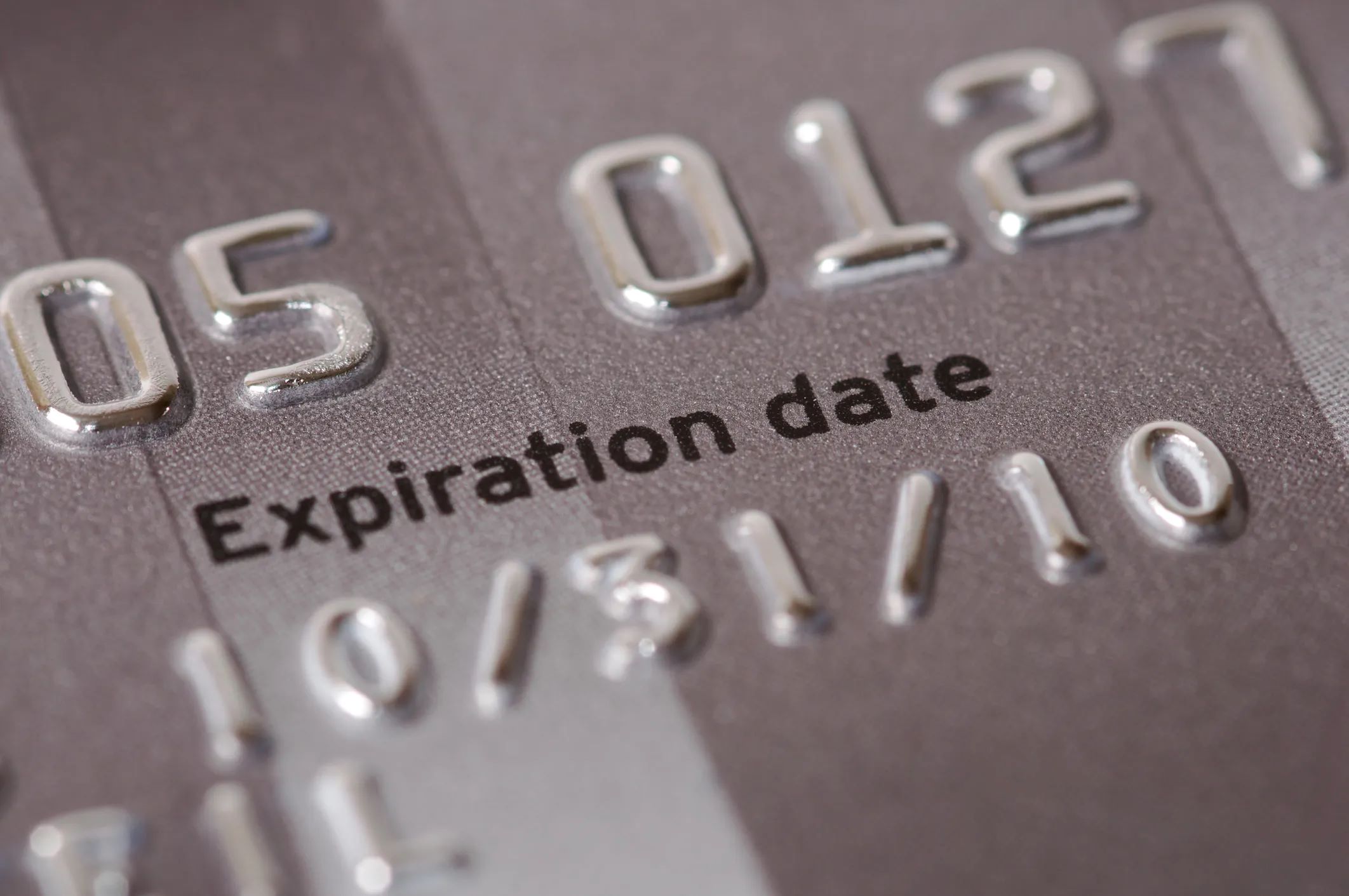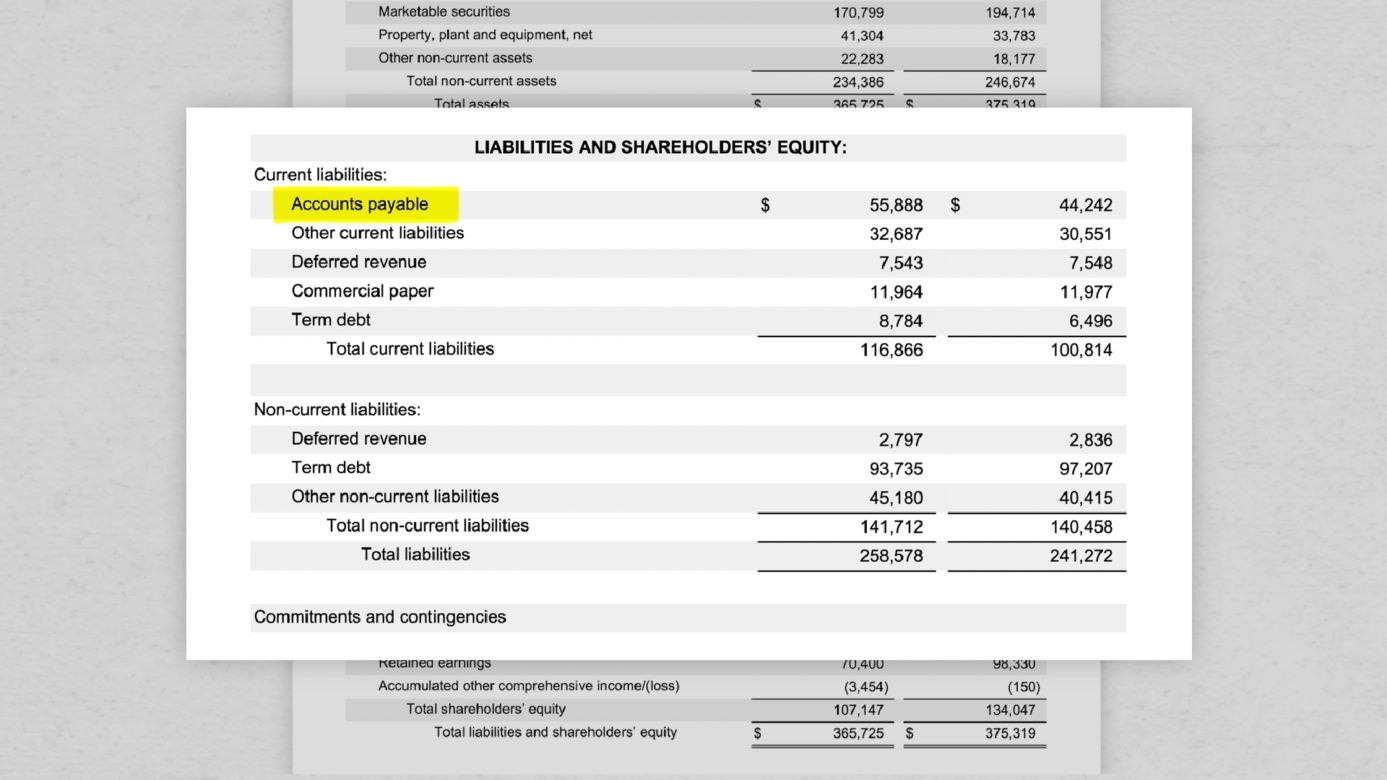

Finance
When Does Credit Card Expire
Published: October 26, 2023
Learn when your credit card expires and how to manage your finances effectively. Stay on top of your credit card expirations and avoid any financial surprises.
(Many of the links in this article redirect to a specific reviewed product. Your purchase of these products through affiliate links helps to generate commission for LiveWell, at no extra cost. Learn more)
Table of Contents
Introduction
Welcome to the world of credit cards, where convenience meets financial flexibility. Credit cards have become an integral part of our modern lives, allowing us to make purchases online, book flights and hotels, and enjoy countless other benefits. However, just like everything else in life, credit cards have an expiration date.
Have you ever wondered why your credit card has an expiration date? Or maybe you’ve found yourself scrambling to renew a card that has expired unexpectedly? In this article, we’ll dive into the world of credit card expiration dates, explaining why they exist, how to find them, and what happens when your card expires.
Understanding the ins and outs of credit card expiration dates is essential for any credit cardholder. It ensures a smooth transition when your current card expires and helps you avoid any inconveniences that may arise during the renewal process.
So, let’s embark on this journey to uncover the mysteries surrounding credit card expiration dates. By the end, you’ll have all the knowledge you need to manage your credit cards with confidence.
Understanding Credit Card Expiration
Before we delve into the reasons behind credit card expiration dates, let’s take a moment to understand what they actually mean. A credit card expiration date is the date displayed on your card that signifies the end of its validity. When this date arrives, your card is no longer considered active, and you will need to obtain a new one to continue using credit card services.
Credit card expiration dates typically consist of a month and year. For example, if your card shows an expiration date of “12/25,” it means that the card will expire in December of 2025. These dates are pre-determined by the card issuer and follow the industry standard.
It’s important to note that the expiration date is not the same as the card’s validity. While the expiration date indicates when the card is no longer considered active, the validity refers to the total duration for which the card can be used. The validity period is typically a few years from the date of issuance.
Now that we have a basic understanding of credit card expiration dates, let’s explore the reasons behind why credit cards have expiration dates in the first place.
Why Credit Cards Expire
You may be wondering, why do credit cards have expiration dates? The presence of these expiration dates serves several important purposes for card issuers and cardholders alike. Here are the key reasons why credit cards expire:
- Security: One of the primary reasons for credit card expiration dates is to enhance security. By assigning an expiration date, financial institutions can regularly issue new cards with updated security features. This helps combat fraud and protect cardholders’ sensitive information, reducing the risk of unauthorized transactions.
- Technology advancements: Technology is constantly evolving, and credit card companies continuously develop new features and security measures. By setting an expiration date, issuers can ensure that cardholders have access to the latest advancements, such as chip-enabled cards or contactless payment options.
- Cardholder verification: Credit cards have a finite lifespan due to the need for periodic cardholder verification. As cards age, cardholders may experience changes in their personal circumstances, making it necessary to re-validate their information or update it in accordance with regulatory requirements.
- Updating terms and conditions: Credit card issuers often revise their terms and conditions to comply with changing regulations or market conditions. Reissuing cards with an expiration date allows them to communicate updated terms and conditions to cardholders effectively.
- Card branding and marketing: Expiration dates contribute to card branding and marketing efforts. By regularly issuing new cards, issuers have the opportunity to showcase their brand, offer exclusive benefits, and maintain a strong presence in the market.
These reasons combined ensure that credit cards remain secure, up-to-date, and aligned with the ever-changing financial landscape. Understanding why credit cards expire allows cardholders to appreciate the importance of renewal and take necessary actions when their cards reach their expiration dates.
The Expiration Date Format
Now that we know why credit cards have expiration dates, let’s explore the format in which these dates are typically presented. Understanding the expiration date format is essential for correctly interpreting and using your credit card.
Credit card expiration dates are usually displayed in a “MM/YY” format, where “MM” represents the two-digit month and “YY” represents the two-digit year. For example, if your card has an expiration date of “07/23,” it means that the card will expire in July of 2023.
Some card issuers may use a different format, such as spelling out the month or displaying the full four-digit year. However, the “MM/YY” format is the most commonly used and widely recognized.
It’s important to note that the expiration date does not indicate the exact day when the card expires within the specified month. For example, if the date is “07/23,” the exact expiration date could be any day within July 2023.
When using your credit card for online or in-person transactions, merchants generally require you to enter both the expiration month and year. This information helps ensure the validity of the card and prevents the use of expired or fraudulent cards.
Now that you understand the expiration date format, let’s move on to discovering how to find the expiration date on your credit card.
How to Find the Expiration Date
Locating the expiration date on your credit card is crucial for keeping track of when your card will need to be replaced. Here are a few ways to find the expiration date:
- Front of the Card: The most common place to find the expiration date is on the front of the card. It is typically printed below or to the right of the cardholder’s name.
- Embossed Numbers: Some credit cards have the expiration date embossed on the card, typically towards the bottom. You can feel the raised numbers on the surface.
- Magnetic Stripe: On the back of the card, there is a magnetic stripe. The expiration date is usually encoded within this stripe, and merchants can read it using a card reader.
- Online Account: If you have an online banking account or access to a mobile banking app, you can view the expiration date there. Login to your account and navigate to the credit card details section.
- Paper Statements: If you receive paper statements from your card issuer, the expiration date is often included on the statement along with other important account information.
It’s important to regularly check your credit card expiration date to ensure that you have ample time to renew or get a replacement card. Renewing your card before it expires is crucial for uninterrupted access to credit card services and to prevent any inconvenience during transactions.
Now that you know how to find your credit card’s expiration date, let’s explore what happens when your card does expire and how to manage it effectively.
What Happens When a Credit Card Expires
When your credit card reaches its expiration date, several things happen that you need to be aware of. Here’s what you can expect when your credit card expires:
- Inactivation: Once your card reaches its expiration date, it is considered inactive. This means that you cannot use it for any new purchases or transactions. However, any scheduled automatic payments linked to your card may still go through until you update your payment information.
- New Card Issuance: Shortly before your card expires, your card issuer will typically send you a replacement card with a new expiration date. This new card will have updated security features and may come with a different design or additional perks.
- Card Activation: To start using the new card, you’ll need to follow the activation instructions provided by your card issuer. This may involve calling a designated phone number or activating the card through your online banking account.
- Updating Payment Information: Once you receive and activate your new card, it’s important to update any saved payment information stored with merchants, online platforms, and subscription services. This ensures a seamless transition and prevents any disruptions in your recurring payments.
- Disposal of Expired Card: It’s crucial to dispose of your expired card properly to protect yourself from identity theft or fraud. Shred or cut the card into multiple pieces, making sure to destroy the chip and magnetic stripe before discarding it.
If you don’t receive a replacement card before your current card expires, or if you have misplaced or lost your credit card, it’s important to contact your card issuer immediately. They will guide you on the necessary steps to ensure the security of your account and issue a replacement card if needed.
Now that you understand what happens when your credit card expires, let’s explore the process of renewing an expired credit card.
Renewing an Expired Credit Card
If your credit card has expired, it’s essential to renew it to continue enjoying the convenience and benefits of credit card usage. Here’s a step-by-step guide on renewing an expired credit card:
- Contact Your Card Issuer: As soon as you realize that your card has expired, reach out to your card issuer. You can usually find the customer service number on the back of the card or on your card issuer’s website. Inform them about the expiration and request a new card.
- Update Personal Information: During the renewal process, your card issuer may verify or update your personal information, such as your address and contact details. Make sure to provide them with any requested information to ensure a smooth renewal process.
- Card Replacement Options: Your card issuer will inform you about the available options for replacing your expired card. This may include receiving a new card by mail or opting for an expedited delivery service for an additional fee.
- Receive and Activate the New Card: Once you receive your new card, follow the activation instructions provided by your card issuer. This may involve calling a specific number or activating the card through your online banking account.
- Update Payment Information: After activating your new card, update any saved payment information with merchants, subscription services, and online platforms. This ensures a seamless transition and avoids any disruptions in your recurring payments.
- Destroy the Expired Card: It’s crucial to properly dispose of your expired card to prevent identity theft or fraud. Cut or shred the expired card into multiple pieces, ensuring that the chip and magnetic stripe are completely destroyed, before safely discarding it.
Remember, it’s important to initiate the renewal process before your current card expires to avoid any interruptions in your credit card services. Stay proactive and maintain open communication with your card issuer to ensure a smooth and hassle-free renewal experience.
Now that you know how to renew an expired credit card, let’s explore some tips for managing expiring credit cards to keep your financial life organized.
Tips for Managing Expiring Credit Cards
Managing expiring credit cards effectively is crucial to maintain financial stability and uninterrupted access to credit card services. Here are some useful tips to help you stay organized and manage expiring credit cards:
- Keep Track of Expiration Dates: Stay aware of the expiration dates of all your credit cards. Create a reminder system – whether it’s setting calendar alerts or using a finance management app – to ensure you are proactive in renewing your cards.
- Update Automatic Payments: If you have any recurring automatic payments linked to your credit card, make sure to update the payment information with the new card details promptly. This prevents any disruptions in services and helps you avoid late payment fees.
- Review Card Benefits and Terms: Take the opportunity to review the benefits, rewards, and terms and conditions of your new card when you receive a replacement. Familiarize yourself with any changes or enhancements to make the most of your credit card usage.
- Monitor Your Credit Card Statements: Regularly review your credit card statements for any unauthorized transactions or unusual activity. Report any discrepancies to your card issuer immediately to protect yourself from potential fraud.
- Manage Your Credit Utilization: Renewing or replacing a credit card gives you the chance to reassess your credit utilization. Aim to keep your credit utilization ratio (total credit card balance divided by the total credit limit) below 30% to maintain a healthy credit score.
- Consider Switching Cards: If you find that your existing credit card no longer aligns with your needs or offers competitive benefits, consider exploring other card options. Research and compare different cards to find one that suits your financial goals and lifestyle.
- Protect Your Card Information: Be vigilant in safeguarding your credit card information. Avoid sharing sensitive details over unsecured networks or with unauthorized individuals. Regularly monitor your accounts and report any suspicious activity to your card issuer.
By following these tips, you can effectively manage expiring credit cards and navigate the renewal process with ease. Take control of your financial well-being by staying organized and proactive when it comes to your credit cards.
Now that you have a comprehensive understanding of managing expiring credit cards, let’s summarize our discussion.
Conclusion
Understanding credit card expiration dates and effectively managing expiring credit cards is essential for any credit cardholder. By knowing why credit cards expire, the format of expiration dates, and what happens when a card expires, you can navigate the renewal process smoothly and avoid any disruptions in your credit card services. Remember to promptly update payment information, activate your new card, and dispose of the expired card securely.
By keeping track of expiration dates, updating automatic payments, and staying aware of your card’s benefits and terms, you can make the most of your credit card usage. Monitoring your credit card statements, managing your credit utilization, and protecting your card information are all key steps in maintaining a healthy financial life.
Renewing an expired credit card is an opportunity to assess your needs and consider switching cards if necessary. Take the time to review different card options and select the one that aligns with your financial goals.
Remember, staying proactive and organized when it comes to managing your credit cards is key. By following the tips provided in this article, you can navigate the process of renewing expiring credit cards with confidence and enjoy the benefits of credit card usage without any interruptions.
Now armed with this knowledge, you can face credit card expiration dates with ease and ensure a smooth transition to your new card when the time comes.














